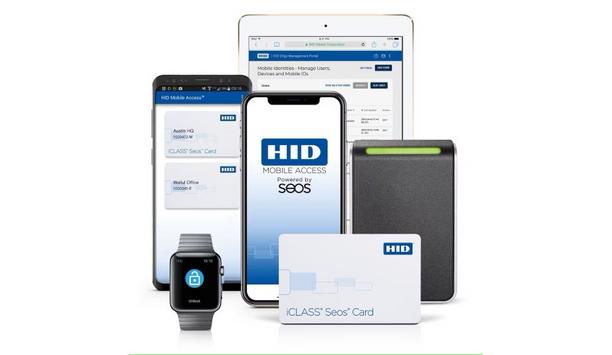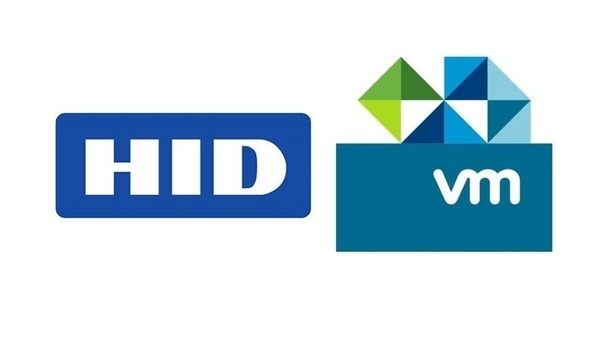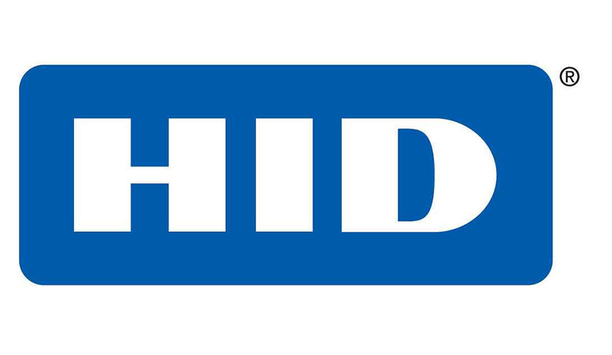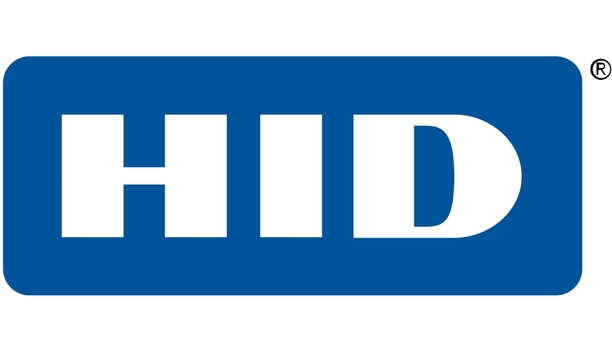Hilding Arrehed

Hilding Arrehed
Vice President of Cloud Services, HIDHilding Arrehed is the Vice President of Cloud Services, where he is responsible for the physical access control cloud services strategy and operation at HID Global. Prior to this role, Arrehed was Senior Director of Professional Services with HID Global and ActivIdentity, during which time he led the global identity and access management professional services operations. Arrehed is CISSP certified with a background in science and information technology and has over sixteen years of experience in the identity security industry.
Round table contributions
The new year 2019 is brimming with possibilities for the physical security industry, but will those possibilities prove to be good news or bad news for our market? Inevitably, it will be a combination...
In many regards, 2018 was a turbulent year for the physical security marketplace, driven by evolving technologies and changing customer needs, among other factors. Year-end is a great time to reflect,...
The concept of how security systems can contribute to the broader business goals of a company is not new. It seems we have been talking about benefits of security systems beyond “just” sec...
Using a smart phone as an access control credential is an idea whose time has come – or has it? The flexible uses of smart phones are transforming our lives in multiple ways, and the devices are...
The physical security industry is embracing the cloud in a big way. Cloud-based systems – which involve accessing a shared pool of information technology resources via the Internet – are m...
Articles by Hilding Arrehed
The industry faces numerous challenges in the coming year. Physical and cyber security threats continue to become more complex, and organizations are struggling to manage both physical and digital cre...
News mentions
HID, a pioneer in trusted identity solutions, has achieved SOC 2 Type 2 certification for its HID Origo Mobile Identities solution, demonstrating the company’s ability to maintain a highly secur...
HID Global, a pioneer in trusted identity solutions, announced that it is collaborating with VMware to drive mass adoption of cellphone access to digital and physical places by adding HID Cellphone Ac...
Among the cloud’s many impacts on the physical security market is a democratization of access control. Less expensive cloud systems are making electronic access control affordable even to smalle...
HID Global, a global provider of trusted identity solutions, announced the availability of its HID Origo cloud platform that opens a brand-new world of opportunities for partners to create more seamle...
HID Global, a worldwide provider of trusted identity solutions, was selected by Skanska, one of the world’s project development and construction groups with operations in Europe and North Americ...
HID Global, worldwide supplier of trusted identity solutions has announced that its award-winning HID Mobile Access solution is one of the industry’s first mobile access offerings to be ISO 2700...















































